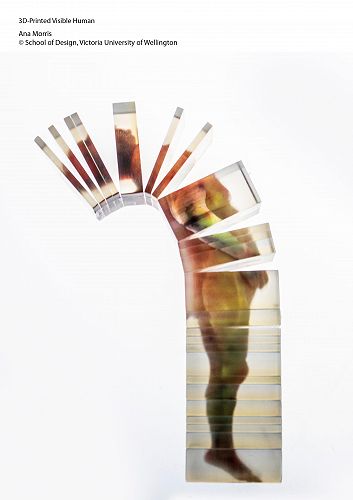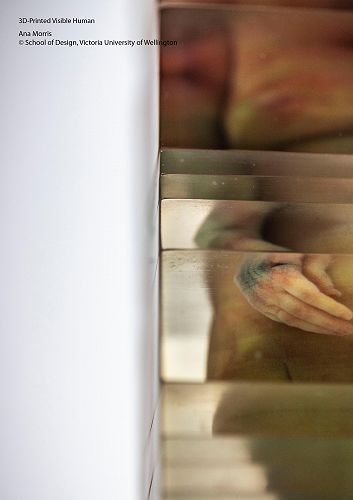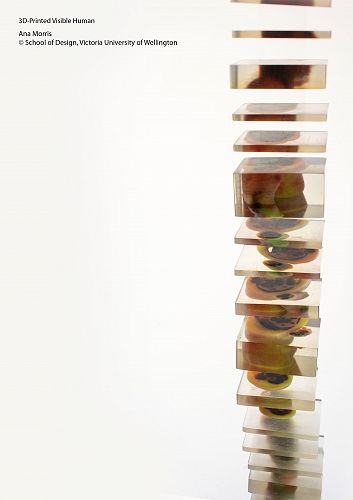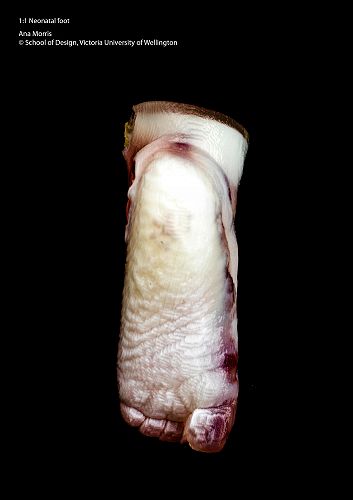
Alumni Profile: Ana Morris
Ana Morris (Head Girl, 2015) has just completed a Master of Design Innovation, Victoria University of Wellington
Beneath the Skin: 3D-Printing Synthetic Anatomy from Medical Data
Research Overview
Throughout history, human beings have always been fascinated by what lies beneath the skin. This curiosity has resulted in a constant evolution of technology and medical knowledge – providing for an ever-increasing understanding of the human body and its various intricacies.
Despite the wealth of knowledge available about the human body, it is still difficult to communicate life beneath the skin’s surface – especially on a case by case basis. Historically, anatomy has been taught through textbooks and cadaver dissection. Although a valuable tool, cadaver dissection has been criticised for its cost, limited availability, lack of portability, no patient-specific anatomy, health risks (such as disease transmission) and because of cultural and ethical concerns.
A 3D-printed patient specific medical model holds much of the same experience and knowledge, without the ethical and practical concerns.
This research focussed on turning medical data (like CT scans or MRI scans) into 3D-printed models that move and look like real human anatomy. The aim of this research was to create tangible and visually compelling patient-specific prototypes of human anatomy, offering an insight into really sophisticated medical modelling techniques using new 3D-printing technology.
During this research, I developed a new 3D-printing workflow that allowed me to send images (or scans) to a 3D-printer directly. This process let me control the material quality of every 14-micron (0.014 mm) material droplet – creating detailed models that have never been produced before.
Moving medical data from the 2D-world to tactile, highly detailed 3D-printed anatomical models may significantly change how we comprehend the body; revamping everything – from medical education to clinical practice. This research has shown that highly-realistic 3D-printed medical models can be produced from our medical data, creating exact replicas of our anatomy for surgeons to practice on (over and over again). My hope is that this research will advance the quality of medical modelling and healthcare - ultimately, saving lives.
DESCRIPTION OF MODELS
Case Study 1 – Replicating anatomical colour
The first 3D-print was created using data from the Visible Human Project. I took the images of a frozen cadaver to create an exact replication of the woman who donated her body science.
Case Study 2 – Replicating anatomical density
The second area of research focussed on 3D-printing a model of a baby’s leg using CT data. I was granted ethics to use a CT scan of a six-month-old baby. Paediatric simulation is an area in desperate need of more detailed medical models.
Gallery





